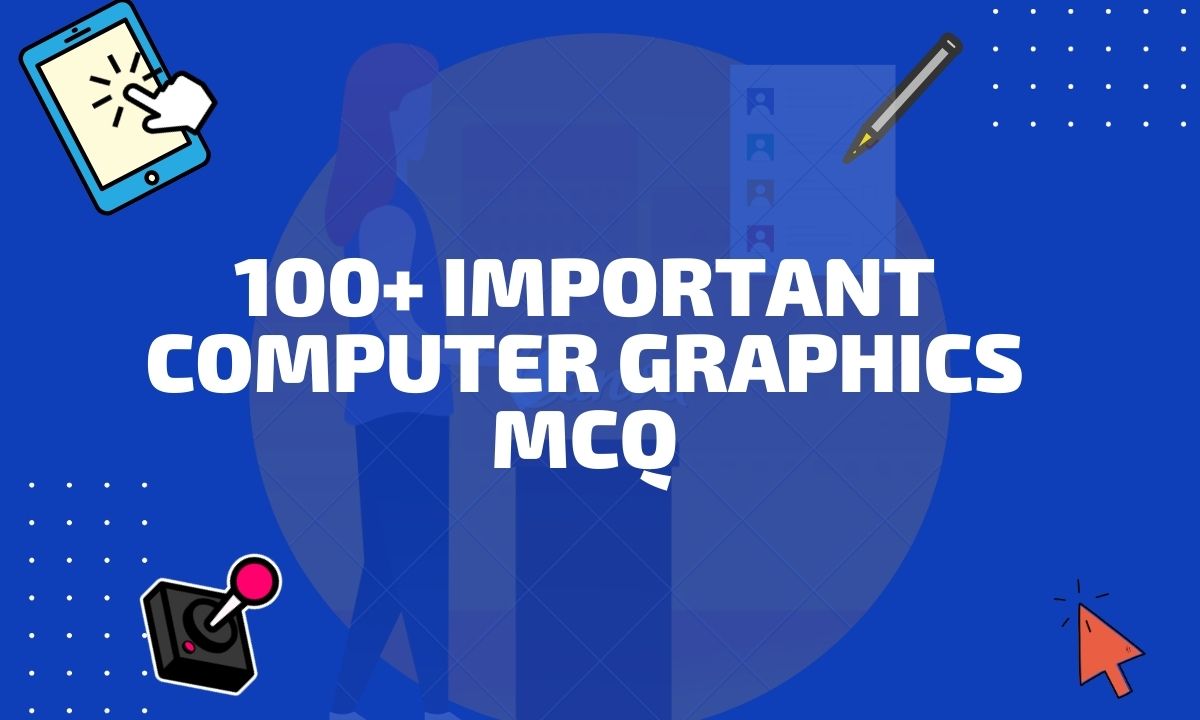There are many different statistical methods that can be used to analyze data and draw insights from it. These methods range from simple techniques for summarizing and describing data, such as calculating the mean and standard deviation, to more complex methods for modeling relationships between variables, such as regression analysis and multivariate analysis.
Other statistical methods include time series analysis for analyzing data over time, nonparametric statistics for analyzing data that does not follow a normal distribution, and Bayesian statistics for updating beliefs about the likelihood of events based on new evidence. Understanding the different types of statistical methods and their appropriate uses is essential for correctly interpreting the results of statistical analyses and making informed decisions based on the data.

What are Statistical Methods
Statistical methods are techniques and procedures used to collect, analyze, and interpret data. These methods involve using statistical techniques to summarize and describe the characteristics of a data set, test hypotheses about relationships between variables, and make inferences about a population based on sample data. Statistical methods can be used to identify patterns and trends in data, make predictions based on the data, and draw meaningful insights from data. There are many different statistical methods that can be used, including descriptive statistics, inferential statistics, regression analysis, multivariate analysis, time series analysis, and nonparametric statistics. Statistical methods are used in a wide range of fields, including science, business, economics, psychology, and education.
Importance of Statistical methods
- Statistical methods help to summarize and describe data.
- Statistical tools allow for the testing of hypotheses about relationships between variables.
- It enables the estimation of population parameters based on sample data.
- Statistical methods can be used to make predictions based on data.
- These methods can help to identify patterns and trends in data that may not be apparent when looking at the data in isolation.
Different Statistical Methods

1. Mean
The mean is a measure of central tendency that represents the average value of a data set. It is calculated by adding up all of the values in the data set and dividing by the number of values. The mean is sensitive to outliers, which are extreme values that are significantly higher or lower than the rest of the data. It is best to use the mean when the data is normally distributed and the outliers are not too extreme. The mean can be useful for identifying trends and patterns in the data and for making predictions based on the data.
2. Standard Deviation
Standard deviation is a measure of dispersion that represents the amount of variation or spread in a data set. It is calculated by finding the difference between each value in the data set and the mean, squaring the differences, averaging the squared differences, and then taking the square root of the average. A low standard deviation indicates that the values in the data set are close to the mean, while a high standard deviation indicates that the values are more spread out. Standard deviation is useful for understanding the distribution of the data and for identifying outliers in the data. It is typically used in conjunction with the mean to provide a more complete summary of the data.
3. Regression
Regression analysis is a statistical method that involves modeling the relationship between two or more variables. It can be used to predict the value of one variable based on the value of another variable or to understand the factors that may be influencing the relationship between the variables. There are different types of regression analysis, including linear regression, which involves fitting a linear equation to the data, and logistic regression, which is used to predict the probability of a binary outcome. Regression analysis can be useful for understanding the relationships between variables and for making predictions based on the data. It is often used in fields such as economics, finance, and biology to model complex systems and understand the factors that may be influencing the data.
4. Descriptive statistics
Descriptive statistics involve summarizing and describing the characteristics of a data set. These methods can include calculating measures of central tendency, such as the mean, median, and mode, as well as measures of dispersion, such as the range, standard deviation, and variance. Descriptive statistics can help to provide a general overview of the data and identify patterns and trends.
Read More: Limitations of Statistics
5. Inferential statistics
Inferential statistics involve making inferences about a population based on a sample of data. These methods can include estimating the mean or proportion of a population, testing hypotheses about the relationships between variables, and determining the statistical significance of the results. Inferential statistics allow researchers to draw conclusions about a population based on a sample and can help to identify patterns and trends that may not be apparent in the sample data.
6. Regression analysis
Regression analysis involves modeling the relationship between two or more variables. Linear regression is a common method that involves fitting a linear equation to the data to predict the value of one variable based on the value of another variable. Logistic regression is a similar method that is used to predict the probability of a binary outcome, such as the likelihood of a patient developing a particular disease.
7. Multivariate analysis
The multivariate analysis involves analyzing the relationships between multiple variables. These methods can include principal component analysis, which involves reducing the number of variables by combining them into a smaller number of composite variables, and factor analysis, which involves identifying underlying factors that may be influencing the relationships between the variables. Multivariate analysis can help to identify patterns and trends that may not be apparent when analyzing the variables individually.
8. Time series analysis
Time series analysis involves analyzing data that is collected over time, such as sales data or stock prices. These methods can include identifying trends and forecasting future values, as well as analyzing the factors that may be influencing the data over time. Time series analysis can help to identify patterns and trends that may not be apparent when looking at the data in isolation.
9. Nonparametric statistics
Nonparametric statistics do not assume that the data follow a particular distribution, and can be used when the assumptions of parametric methods are not met. Nonparametric methods can include rank-based tests, such as the Wilcoxon rank-sum test, and distribution-free tests, such as the Kolmogorov-Smirnov test. Nonparametric methods can be useful for analyzing data that is not normally distributed or for comparing groups that have different distributions.
10. Bayesian statistics
Bayesian statistics involve using probability theory to update beliefs about the likelihood of events based on new evidence. These methods involve calculating the posterior probability of an event occurring based on the prior probability of the event and the likelihood of the data given the event. Bayesian methods can be used to update beliefs about the likelihood of an event based on new data and can be useful for modeling complex systems where the relationships between variables are uncertain.
Read Similar: Scope of Statistics
11. Survival analysis
Survival analysis involves analyzing data on the time it takes for an event to occur, such as the time until a patient develops a particular disease. These methods can include estimating the probability of an event occurring over time, such as the probability of a patient surviving for a certain number of years, and identifying factors that may be influencing the likelihood of the event occurring. Survival analysis can be useful for understanding the factors that may impact the duration of an event, such as the effectiveness of treatment.
12. Experimental design
Experimental design involves carefully controlling variables in order to study the relationship between them. These methods can include randomized controlled trials, in which participants are randomly assigned to treatment or control groups, and controlled experiments, in which the researcher manipulates one or more variables while holding other variables constant. Experimental design can help to isolate the effects of a particular variable and control for confounding factors.
13. Sampling
Sampling involves selecting a subset of a population to study. These methods can include simple random sampling, in which every member of the population has an equal chance of being selected, stratified sampling, in which the population is divided into subgroups and a sample is drawn from each subgroup, and cluster sampling, in which the population is divided into clusters and a sample is drawn from each cluster. Sampling methods can help to ensure that the sample is representative of the population and can help to reduce bias.
14. Survey research
Survey research involves collecting data through surveys or questionnaires. These methods can include online surveys, telephone surveys, and in-person interviews, and can be used to gather data on a wide range of topics. Survey research can be an effective way to collect data from a large number of people, but it is important to carefully design the survey to ensure that the data is reliable and accurate.
Read Interesting: Why Statistics is important for the nurse
15. Psychometrics
Psychometrics involves measuring psychological characteristics, such as intelligence and personality. These methods can include testing and assessment and can be used to measure a wide range of psychological constructs. Psychometric methods can be useful for identifying patterns and trends in psychological data and for understanding the relationships between psychological variables.
16. Data mining
Data mining involves using algorithms to discover patterns and relationships in large data sets. These methods can include cluster analysis, which involves dividing the data into groups based on common characteristics, and decision trees, which involve creating a tree-like model to make predictions based on the data. Data mining can be useful for identifying patterns and trends in large data sets and for making predictions based on the data.
17. Machine learning
Machine learning involves using algorithms to learn from data and make predictions. These methods can include decision trees, support vector machines, and neural networks, and can be used to make predictions in a wide range of contexts. Machine learning can be useful for automating the process of analyzing data and for making accurate predictions based on the data.
18. Spatial analysis
The spatial analysis involves analyzing data that has a spatial component, such as data on geographic locations or environmental data. These methods can include spatial statistics, which involves analyzing the relationships between variables in a spatial context, and spatial modeling, which involves creating models to predict the values of variables based on spatial data. Spatial analysis can be useful for understanding the relationships between variables in a geographic context and for identifying patterns and trends in spatial data.
Conclusion
In summary, statistical methods are techniques used to analyze data. They help us understand patterns and trends in the data, test hypotheses about relationships between variables, and make informed decisions. There are many different statistical methods, each with its own specific uses. By choosing the right method for our data and research question, we can effectively draw conclusions from the data.
FAQs
It is important to choose the correct statistical method because different statistical methods are appropriate for different types of data and research questions. Using the wrong statistical method can lead to incorrect conclusions and inappropriate decisions. For example, if you are trying to predict the value of a continuous variable, such as the price of a house, using a statistical method that is appropriate for predicting a binary outcome, such as whether a patient will develop a particular disease, the results of the analysis may be misleading.
Similarly, if you are trying to understand the relationship between two continuous variables, such as the relationship between income and education level, using a statistical method that is appropriate for comparing the means of two groups, such as a t-test, may not be appropriate. Choosing the correct statistical method is essential for ensuring that the results of the analysis are reliable and accurate.



